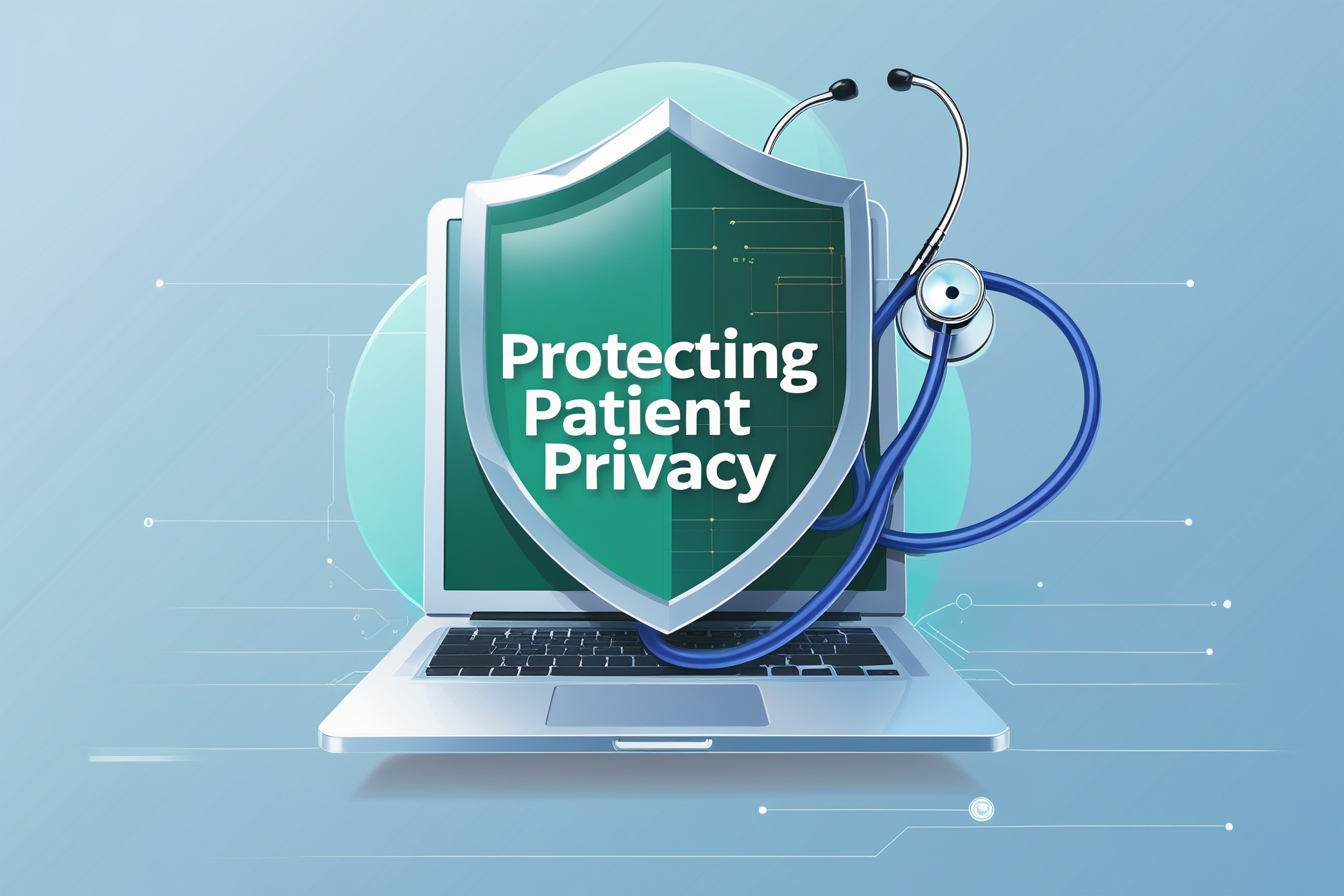The rise of connected medical devices has revolutionized healthcare, offering better patient monitoring, improved treatment, and real-time data tracking. However, with these advancements comes a significant challenge: cybersecurity. Protecting patient data from cyber threats is critical, as breaches can compromise sensitive information and even patient safety.
Why Cybersecurity in Medical Devices Matters
Growing Dependence on IoT in Healthcare
Connected medical devices, including insulin pumps, pacemakers, and remote monitoring systems, rely on the Internet of Things (IoT) to function efficiently. While these devices improve patient outcomes, they also create vulnerabilities that cybercriminals can exploit.
Consequences of a Cyber Attack
A cyber attack on medical devices can lead to:
- Unauthorized access to patient data
- Manipulation of device functionality
- Interruption of critical medical services
- Non-compliance with data protection regulations (HIPAA, FDA guidelines)
Common Cybersecurity Risks in Connected Medical Devices
1. Unsecured Communication Channels
Many medical devices transmit data over Wi-Fi or Bluetooth, which can be intercepted if encryption is weak or absent.
2. Outdated Software and Firmware
Failure to update device software regularly can leave vulnerabilities open to exploitation.
3. Weak Authentication Mechanisms
Devices with default passwords or weak authentication protocols are easy targets for hackers.
4. Lack of Data Encryption
Storing or transmitting unencrypted patient data increases the risk of unauthorized access and breaches.
5. Third-Party Vendor Risks
Many healthcare providers use third-party services for device management, increasing the attack surface if vendors lack strong cybersecurity measures.
Best Practices for Securing Connected Medical Devices
1. Use Strong Authentication and Access Controls
- Implement multi-factor authentication (MFA) for device access.
- Limit access to authorized personnel only.
- Regularly update and enforce strong password policies.
2. Ensure Data Encryption
- Encrypt data at rest and in transit using strong encryption standards (AES-256, TLS 1.2/1.3).
- Utilize secure VPNs for remote device communication.
3. Regular Software and Firmware Updates
- Keep medical devices updated with the latest security patches.
- Automate updates to prevent lapses in security.
4. Implement Network Security Measures
- Segment medical devices from other network components.
- Use firewalls and intrusion detection/prevention systems (IDS/IPS).
- Regularly monitor network traffic for suspicious activity.
5. Conduct Regular Security Audits
- Perform routine vulnerability assessments.
- Test devices for compliance with security regulations.
6. Educate Healthcare Personnel and Patients
- Train staff on recognizing phishing attacks and safe device usage.
- Educate patients on securing their medical devices at home.
Regulatory Compliance and Industry Standards
HIPAA (Health Insurance Portability and Accountability Act)
HIPAA requires healthcare providers to implement safeguards to protect patient data, including:
- Encryption and secure access controls
- Regular risk assessments
- Data breach response plans
FDA Guidelines for Medical Device Security
The FDA outlines cybersecurity requirements for medical device manufacturers, emphasizing:
- Secure device design
- Risk management frameworks
- Incident response plans
NIST Cybersecurity Framework
The National Institute of Standards and Technology (NIST) provides guidelines to:
- Identify and mitigate cybersecurity risks
- Implement robust access control measures
- Ensure data integrity and confidentiality
The Future of Cybersecurity in Connected Medical Devices
AI and Machine Learning for Threat Detection
Artificial intelligence (AI) is playing a growing role in identifying and preventing cyber threats in real time.
Blockchain for Secure Data Management
Blockchain technology can enhance data security by creating tamper-proof medical records and ensuring secure transactions between healthcare providers and patients.
Zero Trust Architecture (ZTA)
Adopting a Zero Trust approach ensures that every device, user, and connection is verified before access is granted.
Conclusion
The integration of connected medical devices into healthcare systems has brought significant benefits but also increased cybersecurity risks. By implementing strong authentication measures, data encryption, network security, and continuous monitoring, healthcare providers can protect patient data and comply with industry regulations.
As cyber threats evolve, adopting advanced technologies like AI, blockchain, and Zero Trust security will be crucial in safeguarding patient information. Prioritizing cybersecurity in medical devices is not just a regulatory necessity—it is a vital step in ensuring patient safety and trust.



